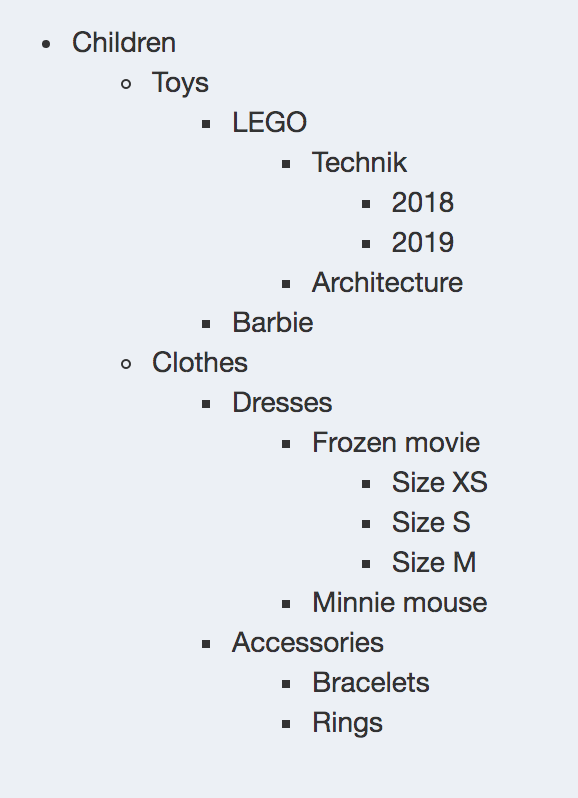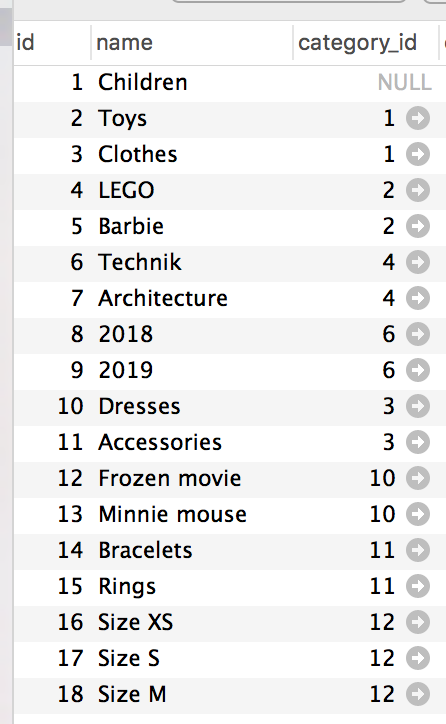 Best Gaming DealsThe best deals on games, consoles, and gaming accessories from around the web, updated daily.
Best Gaming DealsThe best deals on games, consoles, and gaming accessories from around the web, updated daily. One of the best reasons to get the Nintendo Switch is its huge and ever-growing library of indie titles.
This week’s Nintendo’s Indie World Showcase confirmed it’ll get even bigger. And while you’ll need to wait for some of the more interesting ones like Risk of Rain 2 and Ori And The Blind Forest, there are a ton great titles already available, and a whole bunch of them can be picked up for under $25.
Below is a list of The Inventory team’s favorites. But of course, feel free to chime in your recommendations in the comment section.
Note: We’re including Amazon and eShop links, as available, but remember that when you buy through Amazon, you’ll always get credit for the full price of your game in your Gold Coins balance, even if it’s on sale. The eShop will only credit you for the price you actually paid.
To be frank, I wrote pitched this entire post just because I wanted to write about this game.
I love this Stardew Valley.
It’s a simple and relaxing way to spend time between Overwatch Role Queue waits and reading the news. It’s basically all of the JRPG side games that I loved without the over-the-top, world-ending stakes. -Tercius
If you like Earthbound, or hilarious dialogue, or incredible music, or having your heart broken…you’ll like this game. It’s also good for multiple playthroughs, because you can essentially play it as a benevolent pacifist, a genocidal warmonger, or anything in between, and your choices have dramatic consequences on the game. – Shep
I don’t normally shed tears when a video game ends. I hardly ever pause in the middle of a playthrough to appreciate a clever game mechanic. I do stop to listen to game music, but it’s rare I spend minutes trying to get gameplay and soundtrack to sync in order to recreate a perfect moment. All of these things happened during the four hours I spent completing Gris. – Mike Fahey, Kotaku
Crypt of the NecroDancer (eShop)
Cadence of Hyrule: Crypt of the NecroDancer (Amazon | eShop)
I haven’t yet played the Zelda-themed Cadence of Hyrule version, but the original Crypt of the NecroDancer is unlike anything I’ve ever played: a perfect blend of Dance Dance Revolution and top-down dungeon crawlers of yore.
The second outing from the folks who brought us FTL, Into the Breach is a shockingly deep turn-by-turn strategy game considering each game takes place on an 8×8 grid, and only lasts for a few rounds. By telegraphing what the enemies will do on their next turn, you’re in complete control of the outcome of the game, for better or worse – Shep
Lumines Remastered (Amazon | eShop)
Luimines timeless, in the same way Tetris or Sudoku can be enjoyed by anyone at any point in time. I loved this game back when first experienced it on my PSP and it’s still one of my favorite puzzle games. With a solid soundtrack and addictive gameplay, it’s still a must-own a decade later. -Tercius
Equal parts stressful and fun, Overcooked! 2 is a window into the soul of (and what it’d be like to work with) your friends. It’s a game that’s best played inebriated with three of your closest friends (plus one or two, just in case someone rage quits IRL.) -Tercius
Enter the Gungeon (Amazon | eShop)
Enter the Gungeon is one of those games I’m admittedly terrible at, but I still play just because it’s so much fun. With so many ridiculous guns to try out and the ability to play with a friend, it’s one that deserves to be on your Switch.-Tercius
This game was somehow made by two people, but you could have convinced me it was a first party Nintendo game. It’s a hard game, and it’s a long game, but the gorgeous visuals, incredible score, and tight controls mean it never feels like a chore to play. Hollow Knight and Breath of the Wild are 1a and 1b on my ranking of the best Switch games you can buy, and the former is only $15.
Rocket League is one of the best online multiplayer team games for casual players and friends. It also happens to be one of the most popular among competitive players.
The concept of soccer with cars is simple to grasp, yet mastering Rocket League’s mechanics, physics, and ever-changing meta requires discipline and creativity. Matches take less than 10 minutes making it easy to fit in a quick bout or to stack several into a marathon session. -Corey
Cuphead is impossibly frustrating and fun to play. The artwork, cutscenes, lovable characters, and story line instill an insatiable desire to play and fail countless times at multiple points throughout the game. -Corey
Shovel Knight: Treasure Trove (Amazon | eShop)
Shovel Knight is everything that adult me wants in a platformer reminiscent to what adolescent me used to play. It specifically reminds me of some of my favorite times playing Mega Man titles.
It’s easily picked up, fun to play, packed with secret areas, and is challenging to a degree right before impossibly frustrating. -Corey
Dead Cells is a little bit Hollow Knight, a little bit Into the Gungeon, and while it doesn’t quite hit the highs of either of those games, it’s a challenging, unique roguelike that rewards lots of different types of play. – Shep
via Gizmodo
The Sub-$25 Digital Games That Belong On Every Switch






